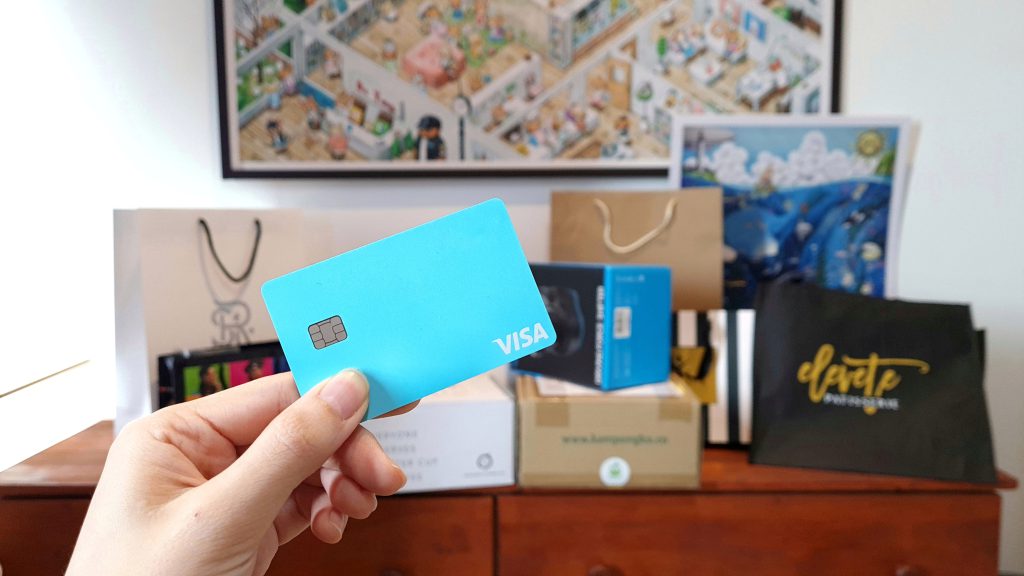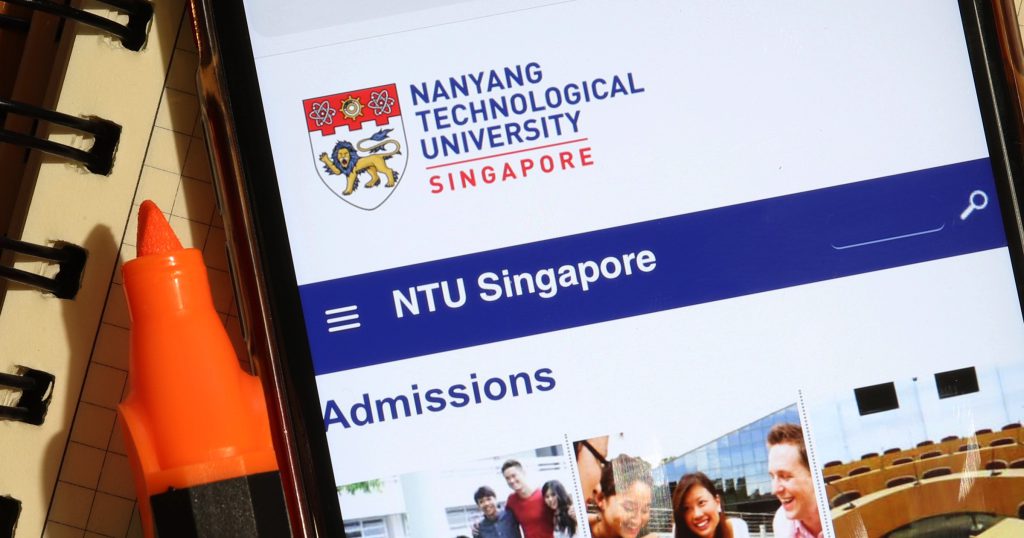[This is a sponsored article with Visa.]
Even before the pandemic began, cash was not something I used very often. I’d opt to whip out my debit card and flash my QR code because I found these methods to be more convenient, transactions were faster, and I could avoid a bulky wallet.
When Visa Malaysia sent us their study on Malaysian consumer payment attitudes, I found myself being part of a 60% of Malaysians that have gradually shifted to relying more on cashless payment methods, across several types of services.
Note: The survey had 1,000 respondents between the ages of 18 and 65, all of whom had an income of at least RM2,000 through full-time, part-time, or self-employment. The respondents hail from all over the country, including East Malaysia.
I wanted to see if the people in my own circle experienced this exact shift and I got my colleagues at Vulcan Post to share how and why their own payment preferences have changed.
Contactless methods are on the rise
Despite what I had initially thought, cash is still widely used, but following closely are contactless methods such as online card transactions, mobile wallets, and contactless card (Tap to Pay) methods at physical terminals.
This year, contactless methods saw an increase in usage frequency compared to 2020, while cash saw a 4% dip in use.

The Vulcan Post team likely contributed to this shift because all nine of my colleagues tell me they’d rather use cashless methods.
But also in line with how cash is still widely used, we still carry some in our wallets.
Planning for 2022:
With more establishments set to offer cashless payment options next year, look out for cashless payment deals by merchants who want to incentivize further adoption. There are usually seasonal discount codes or one-use bonuses.
However, it’ll be unlikely that cash will be dislodged as an important payment method next year, so you’d still need to queue at the ATM.
Where cash is still king
With that said, the Ringgit bills mostly stay put until very specific situations call for them.
Our business development executive Rikco, editorial writer Joycelyn, and video producer Matt only use cash when paying for food at kopitiams or roadside snack stalls, while our video editor Fadhilah uses cash to pay for grub and petrol.
This is reflected in Visa Malaysia’s survey again as dining and petrol are two areas in which we use cash the most during the pandemic.
Meanwhile, some of the categories in which Malaysians use the most contactless payment methods include grocery shopping, bill payments, and entertainment.
A number of my colleagues agree with this but they pointed out that this was a norm for them even before the pandemic.
We pay our utility bills using apps anyway, and buying movie tickets online is, at times, a necessity in order to reserve our seats early.
This is an ongoing trend too as over 50% of Malaysians see bill payments and shopping at supermarkets as activities that don’t require cash anymore. Hence, it’s likely this will remain unchanged in 2022.
Planning for 2022:
Before making any purchase, find out what is the best optimised combo which uses the best shopping platform, e-wallet and payment cards in order to maximize savings and rewards.
For example, certain credit cards allow you to unlock higher cashback tiers the more your spend in order to maximise returns. Or, buy an item on an e-commerce website using your e-wallet which you’ve reloaded using a credit card, and receive points on both platforms.
The Vulcan Post team found that our spending patterns have largely been unchanged compared to pre-COVID times. In fact, some of us are spending even less thanks to less driving and more home cooking, for example.
Why this change in preference?
Apparently, Malaysians prioritize convenience above all other factors when choosing payment methods. Interestingly, the survey claims that we consider cash to be a very convenient option, but contactless cards and QR payments rank higher.
But to put into perspective how little we’ve been relying on cash of late, more than half of the survey respondents have successfully gotten by without spending physical money for a week or longer.
Beating out more than 500 Malaysians is Sade, our managing editor who only uses physical currency around once every few months. In fact, she prefers tap-to-pay and QR methods while shopping in stores.
If you think she hates using cash, our business development manager Venxhin has walked away from making a purchase because the merchant didn’t offer contactless options.

Both of them share the same reason for going cashless: cards and e-wallets simply offer more convenience.
Besides not needing to count individual bills before paying, ditching cash also means you spend less time visiting and queuing up at ATMs.
With less cash, you reduce the frequency of coming into contact with potentially contaminated bills, another plus. The survey ranks hygiene high among the factors that help shape our preferences during this pandemic.
Plus, those who frequently use credit cards and mobile wallets do so to take advantage of the rewards system too.
With all those reward points, vouchers, and deals collected, digital payment methods can keep a loyal user base. You add to that the benefit of convenience and cleanliness, e-wallets, and contactless cards should remain popular well into the future.
Planning for 2022:
Visa Malaysia anticipates a rebound in travel as over half of Malaysians are keen on travelling domestically within the next year.
If you’re one of the 33% of Malaysians planning to fly overseas, make use of your credit card to rake up travel miles, which will come in handy when more countries open their borders within the next year.
Will Malaysia be a cashless post-COVID society?
In 2022, we can possibly look forward to more people opting to use e-wallets and mobile contactless (NFC). These methods saw a jump in usage frequency this year compared to the last.

Contactless card payments are also popular as seven in ten users signed on to the method since the onset of the pandemic. But its growth in adoption has stagnated since 2020.
I reckon one of the reasons causing this is the resurgence of cash in an increasingly immunised society. As markets and eateries welcomed back patrons through the last few months, cash regained its importance.
However, convenience and hygiene will still be highly sought-after benefits in the post-pandemic world. We could therefore even see the rise of biometric payment methods in the near future.
There’s a growing interest among Malaysians in using biometric payment methods, such as face recognition or finger scans.














